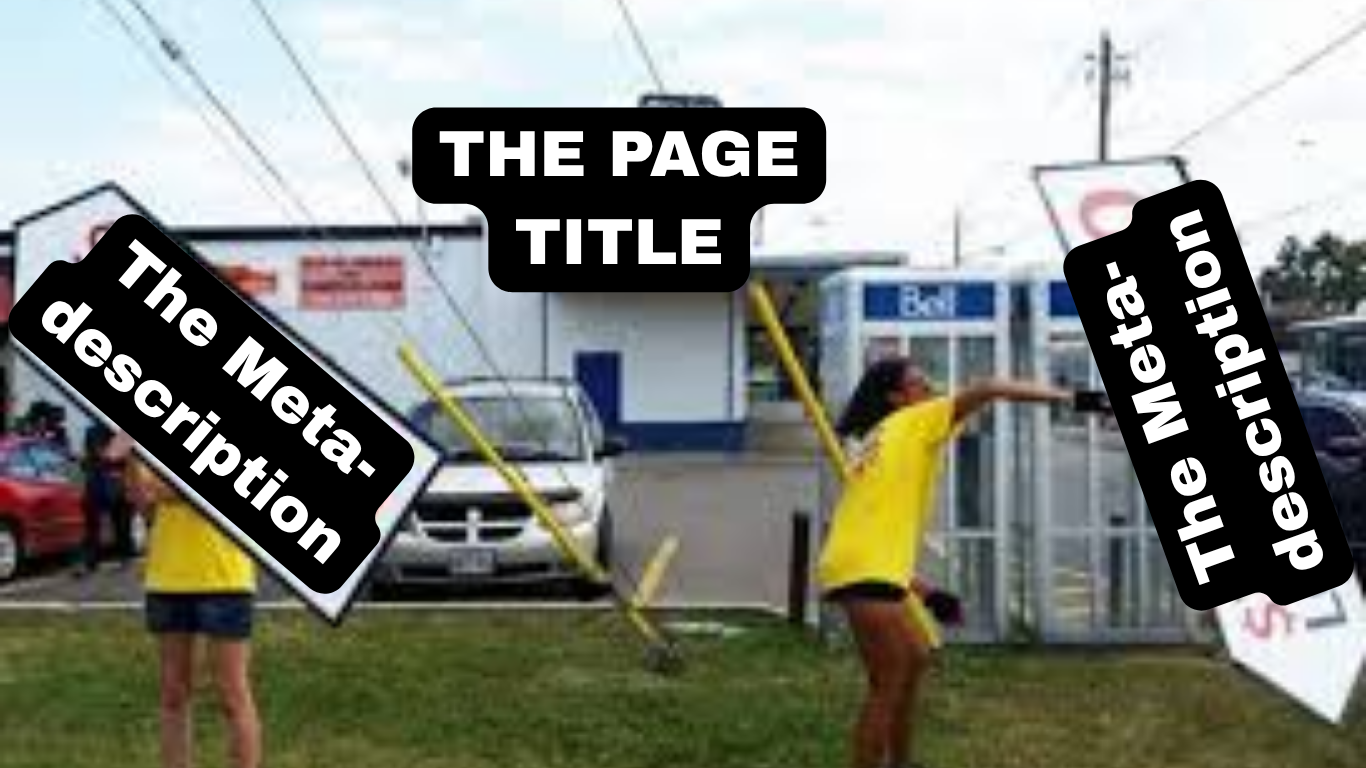What is a Meta-Description, and Why is It So Important?
categories:
Brand Identity
content strategy
website strategy
podcast
personal
July 29, 2025

According to NetMarketShare, as of October 2024, more than 66% of internet users use Google Chrome as their browser/search engine of choice, making Google practically synonymous with the internet. The new age of marketing is no longer just about easy posts on Instagram and Facebook. It’s all about going where the buyers are ready and searching and getting Google to turn its all-seeing eye on you, granting you favor, and putting you at number one, getting your business in the hands of people who are actively searching for answers.
Now, there’s a few ways to game Google’s ranking system and get you on that coveted first page of results faster, and these all fall under the larger umbrella of SEO (Search Engine Optimization). Everything that you do for SEO doesn’t only work for Google, it applies to all search engines, so those remaining 34% of stragglers scattered across Bing, Yahoo, Safari, Mozilla, etc. are all as equally optimized as Google.
SEO can be a bit of a rabbit hole; a lot of people have a lot to say about it to try and make it into something that makes sense, but really the name of the game isn’t even clarity, it’s consistency.
One of the ways to make sure your website and pages are consistently optimized and have the highest opportunity to rank on the first page of a Google search is to make sure that every page has a title (duh.) and also has a meta description.
What is a Meta-Description anyways?
A meta-description is the two lines underneath the page title in a list of query results. Google limits it to around 150 characters, so it’s essentially a tweet that summarizes what the page is about and tries to garner attention.

If your webpage was a brick-and-mortar, the page title would be the store sign lighting up the night and the meta-description would be the sign twirler dancing their little heart out on the sidewalk.
Here’s an example of what one looks like:

Why is a Meta-Description Important?
Meta-descriptions are important for a few reasons. They provide clarity to the searcher about what your website is about, gives you authority (makes you look like you have something to talk about) and most importantly, Google realizes that you are legit, bumping you up those rankings, baby!
One of the worst things you could do is to leave the meta description blank and have the dreaded “no description available.” This will cause searchers to have to search for you by name meaning no one will be able to find you by happenstance. It also slows down your ability to rank higher, pushing you to the dark corners of page 2. (Gasp!)
The most useful thing about the meta description is that it increases how many search queries you rank for. Using the example of Dakota Hersey Photography, the meta-description uses keywords that cause her to rank for photographer, brand photos, Wilmington, NC, and weddings.
Your meta-description should be used to hit the keywords that you can’t fit into your title, increasing the searches you rank for.
Google and certain website builders don’t automatically put meta descriptions, so it’s always important to check this before publishing your brand new website. The longer everything exists, the sooner it can grow credibility and push you and your business up the rankings.
When you work with More Than Creative Co., we make sure that you have meta descriptions for each of your website pages that help you rank for all your keywords and shimmy your way up that golden Google ladder all the way to number one!
Related
//
back to top